Ultrasuede® is moving towards a future of plant-based and sustainable materials. With its latest technology, a new variety of Ultrasuede® has been developed using 100% plant-based polyester
Given its unique texture, durability and sustainable qualities, Ultrasuede® has found use in a wide range of industries. From automotive and furniture to fashion and footwear, its parent company Toray has worked with various creatives and last year shared stories to illustrate the five key values that the brand has nurtured over the past 50 years.
The next stage of the Ultrasuede® journey includes a move to adopt increasing levels of plant-based polymers and in 2015 became the world’s first plant-based nonwoven suede material manufacturer. Today, Ultrasuede® is produced using around 30% plant-based polyester and polyurethane, the highest proportion of plant-based raw materials in mass-produced materials of this type.
More specifically, polyester is polymerised with Ethylene glycol made from waste molasses of sugarcane, while polyurethane is composed of Polyol made of castor oil from inedible castor-oil plants. In doing so, Toray has found a reduction of 0.66 litres per square metre of oil use, in line with the company’s aim to contribute towards a non-oil dependent society, improve supply chain stability and ensure equal – if not improved – reliability compared to traditional raw materials.
This has attracted interest from various industries, and showcasing its versatility, Toray has been working not only with carmakers such as Lexus and Nio, but also in the aviation space through a partnership with All Nippon Airways Co., Ltd. (ANA).
We want to realise a sustainable society by reducing the use of fossil resources
The Lexus RZ in particular is the first mass produced car to utilise this new 30% plant-based Ultrasuede®, applying the material for its seat. The partnership began through the carmaker’s sustainability project, “NEXT CHAPTER”, which looks at next-generation vehicle manufacturing. The aim is to be in harmony with nature and the environment, with Ultrasuede® deemed the material that meets the carmaker’s needs.
A clean, minimalist space with few obstructions to the line of sight creates a mood of freedom and relaxation. This is also what the designers tried to create in the new RZ. Ultrasuede® has been chosen as an indispensable material for making its interior space feel more comfortable and luxurious.
With Nio, Ultrasuede® consisting of around 20% plant-based material has been newly developed and used for the headliner, sun visor and pillars of the EC6 and ES6 after requesting more eco-friendly materials for its interiors. Toray aims to position itself as a key material provider for the next generation of electric cars, supporting the trend toward minimalistic spaces that feel more like a second living room.
With its latest technology, Ultrasuede® which uses 100% plant-based polyester has been developed. Although this could in theory be used for mass produced projected, the supply chain today is not yet able to support such quantities – Toray aims to start mass production during the late 2020s. All in all, the new Ultrasuede® in development features a total plant-based percentage of around 64%, the highest plant-based ratio so far. Importantly, it does this while continuing to offer a genuine leather appearance and touch. At a basic level, this required new development work around polymerisation.
It’s hard to believe it’s made from sustainable materials derived from plants
Ultrasuede® which uses 100% plant-based polyester will find its first use in the aircraft industry, a testament to the material’s qualities given the high level of expectation from airline passengers. Specifically, the material will be used for the headrest covers of the ANA Green Jet. These aircrafts use products and materials using sustainable materials, and decided to adopt Ultrasuede® as it was deemed an environmentally conscious material that combines a luxurious texture, design and high functionality.
For example, ANA President Shinichi Inoue has even described the material as feeling like real leather. “The texture, the feel, it’s hard to believe it’s made from sustainable materials derived from plants,” he said. Indeed, there are many kinds of sustainable materials on the market today, but not all of them provide the necessary visual or haptic qualities.
“Ultrasuede goes beyond the material,” Toray concludes. “It is about moving peoples’ hearts and upgrading their lifestyle. Through continuous technical innovation, we want to deliver warm technology at all times and realise a sustainable society by reducing the use of fossil resources.”











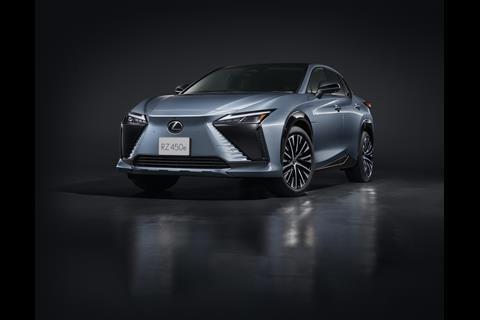
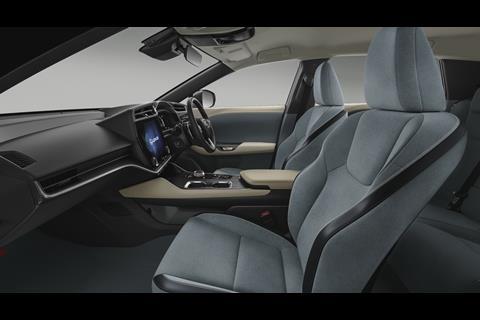
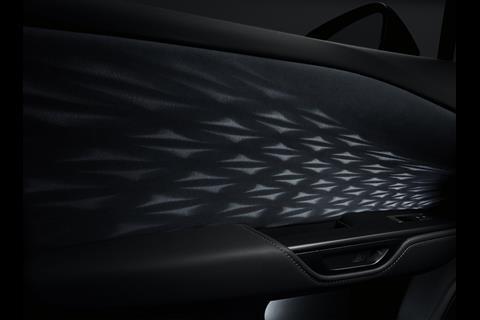

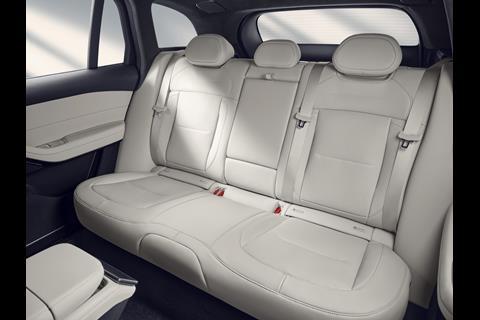
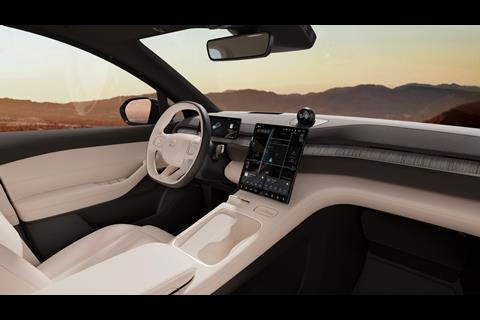
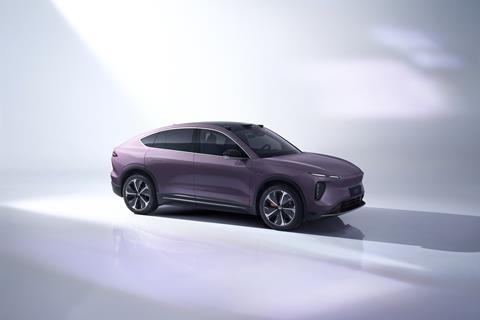
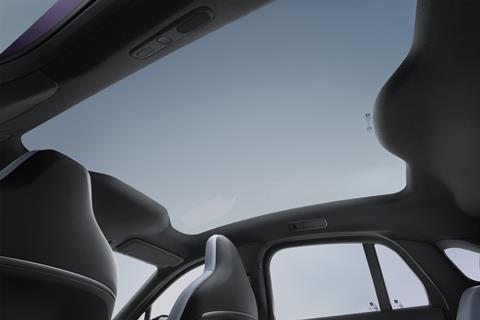
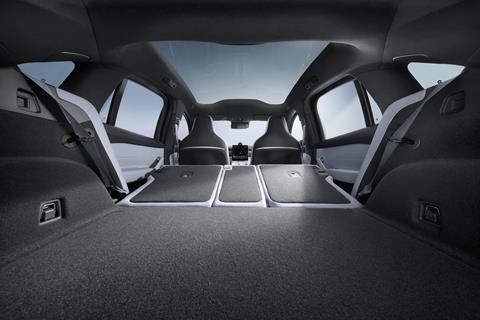
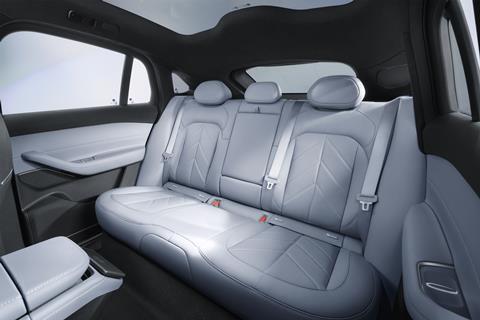

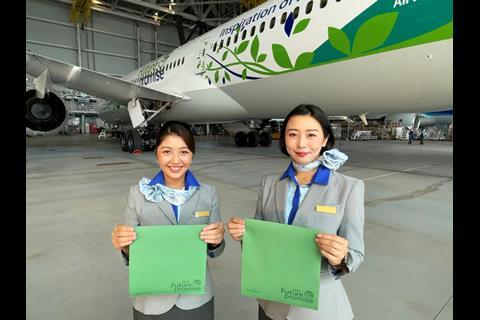


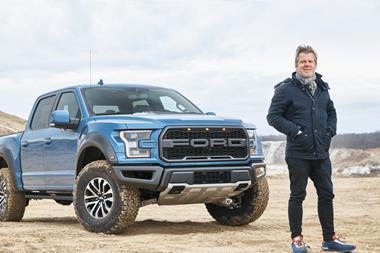

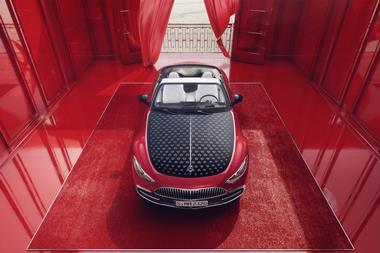

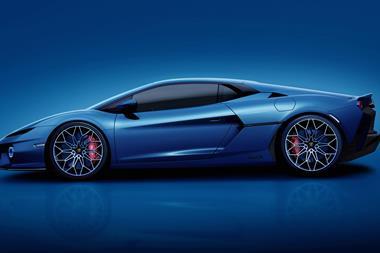



No comments yet